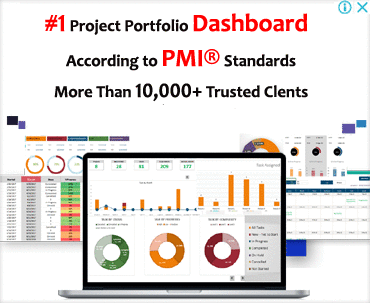Why We Use Project Management Plan For A Project
A Project Management Plan is a crucial document that serves as the blueprint for executing and managing a project effectively. It outlines the approach, processes, and methodologies that will be employed to achieve project objectives. Here are the primary reasons why we use a Project Management Plan for a project:
1. Clarity and Alignment:
The Project Management Plan provides a clear and detailed understanding of the project’s goals, scope, deliverables, and timelines. It ensures that all stakeholders, including the project team, sponsors, and clients, are on the same page regarding what needs to be accomplished.
2. Scope Management:
The plan defines the project’s scope and sets boundaries for what is within or outside the project’s scope. This helps in preventing scope creep, where the project starts expanding beyond its original objectives, leading to delays and budget overruns.
3. Resource Allocation:
The plan outlines the resources required for the project, including human resources, budget, equipment, and materials. It helps in ensuring that resources are allocated efficiently and that the project has the necessary support to progress smoothly.
4. Risk Management:
The Project Management Plan identifies potential risks and outlines strategies to mitigate them. By addressing risks proactively, the project team can avoid or minimize the impact of unforeseen events that could jeopardize project success.
5. Time Management:
A well-structured project plan includes a timeline or schedule with clear milestones and deadlines. This facilitates better time management, allowing the team to track progress, identify delays, and take corrective actions as needed.
6. Quality Assurance:
The plan may include quality management processes to ensure that the project’s deliverables meet the desired standards and expectations. It helps in achieving a high level of quality throughout the project lifecycle.
7. Communication and Collaboration:
The Project Management Plan promotes effective communication among team members and stakeholders. It serves as a reference point for sharing project updates, progress reports, and addressing any issues that arise during the project.
8. Change Control:
Projects are dynamic, and changes may occur during their execution. The plan includes change control procedures to manage and evaluate proposed changes systematically, ensuring that they align with the project’s goals and do not disrupt progress.
9. Stakeholder Engagement:
The plan identifies key stakeholders and outlines how their interests and needs will be managed throughout the project. It helps in building positive relationships with stakeholders and ensuring their involvement and satisfaction.
10. Monitoring and Control:
The Project Management Plan serves as a baseline against which the project’s actual performance is measured. It enables effective monitoring and control of the project’s progress, allowing project managers to identify deviations from the plan and take corrective actions promptly.
11. Project Closure:
The plan includes provisions for project closure and handover. It ensures that the project’s outcomes are properly documented, final deliverables are accepted, and relevant knowledge is transferred to relevant parties.
In summary, a Project Management Plan is a fundamental tool for project success. It provides structure, clarity, and direction to the project team, helping them manage resources efficiently, mitigate risks, and deliver the desired results within the allocated time and budget. By following the plan’s guidelines, project managers can navigate through challenges and uncertainties and keep the project on track towards successful completion.
